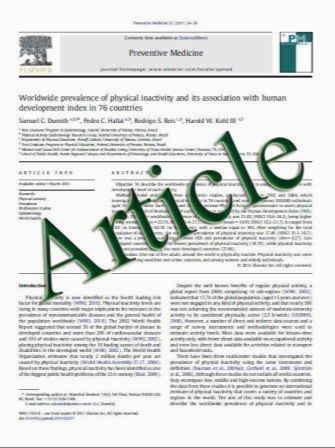Does Anesthesiologist-Directed Sedation for ERCP Improve Deep Cannulation and Complication Rates?
- نوع فایل : کتاب
- زبان : انگلیسی
- مؤلف : Paresh P. Mehta John J. Vargo John A. Dumot Mansour A. Parsi Rocio Lopez Gregory Zuccaro
- چاپ و سال / کشور: 2011
Description
Objectives While some gastroenterologists provide their own sedation for endoscopic retrograde cholangiopancreatography (ERCP), others utilize anesthesiologists. There is limited information comparing cannulation success and complication rates between these two approaches. Theoretically, anesthesiologist-directed sedation (ADS) may lead to an improved deep cannulation rate by virtue of using deeper and more constant levels of sedation and by removing the minute-by-minute medication management and physiologic monitoring responsibilities from the endoscopy team. Aims To compare ERCP deep cannulation success and complications between gastroenterologist-directed sedation (GDS) and ADS. Methods All ERCPs completed by senior advanced endoscopists at a tertiary referral center over a 2-year period were reviewed. During the first year, all ERCP sedation was performed with GDS utilizing a narcotic and a benzodiazepine. Due to a change in division policy and practice, during the second year, all ERCP sedation was provided by ADS. Patients with prior papillary interventions were excluded. Demographics, procedure indications, deep cannulation success, sedation provider, and procedural complications were recorded. Results A total of 367 patients were studied: 178 (48.5%) GDS and 189 (51.5%) ADS. There was no difference in the groups with respect to race, age, and gender. Four patients (2.3%) in the GDS group could not be sedated. There were two deaths, one in each group; one death was due to cholangitis/ sepsis and the other was due to post-ERCP pancreatitis. The overall cannulation success rates were similar between the two groups (94.4% vs. 95.2%, P = 0.36). Conclusions Deep ductal cannulation rates between GDS and ADS are similar.
Dig Dis Sci (2011) 56:2185–2190 DOI 10.1007/s10620-011-1568-3 Received: 28 September 2010 / Accepted: 5 January 2011 / Published online: 28 January 2011


